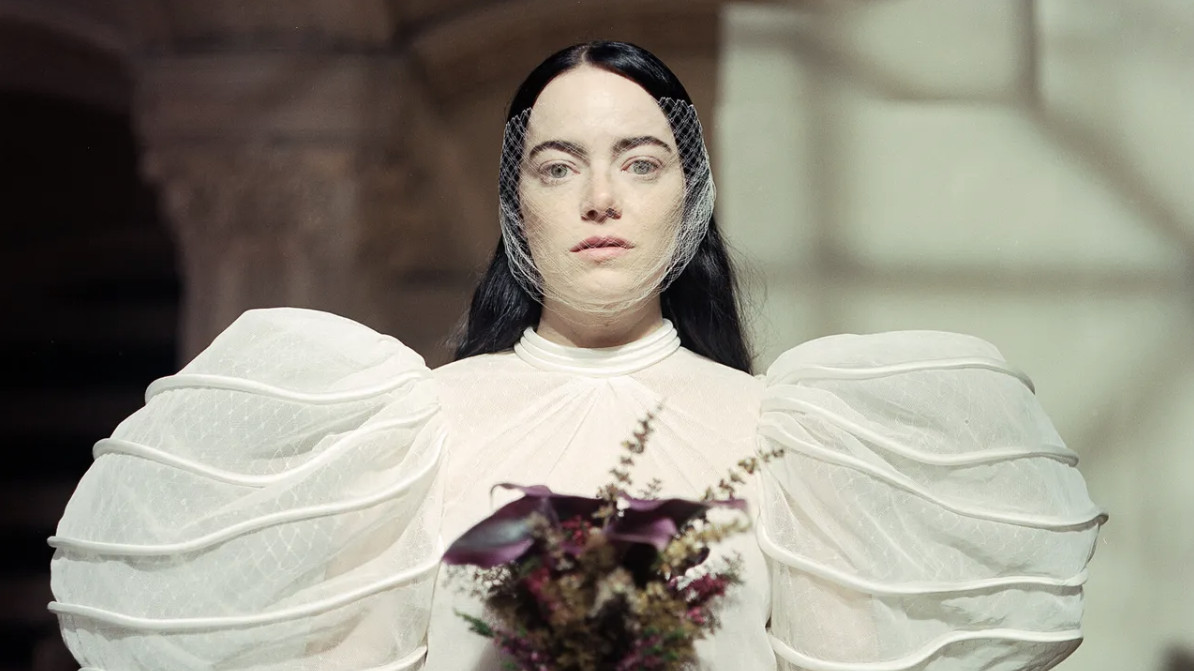Make-up in cinema: the story behind an Instagram hit
Behind the scenes of @makeupincinema: the founder of the hit Instagram account speaks to Wallpaper* about Almodóvar’s close-ups, arthouse screengrabs and more
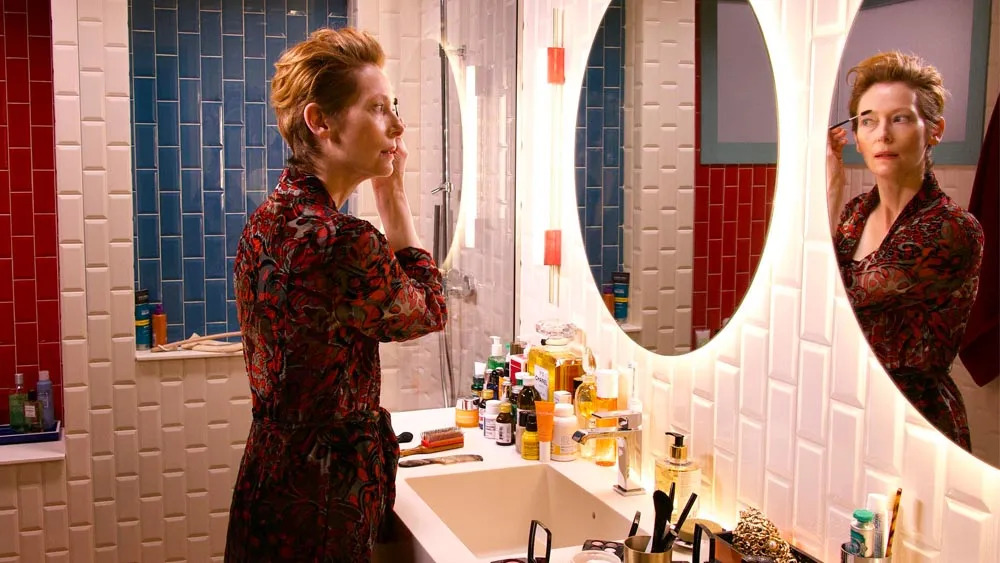
Filmmaker Susannah Farrugia began Instagram account @makeupincinema almost five years ago. Predominantly focused on scenes in film that feature the application of make-up – with screengrabs from works by Pedro Almodóvar, Derek Jarman, and David Lynch, and from a period spanning from the mid-20th century to the present day – the project started as a personal, research-based archive. But today, the page has around 30,000 followers from all over the globe.
Make-up in cinema

Lee Young-ae in Sympathy for Lady Vengeance (Park Chan-wook, 2005) via @makeupincinema
Farrugia, who hails from Malta but now lives in Manchester, was initially focused on when and how a character would apply make-up in a scene, realising how many parallel shots appear across media. ‘This element of capturing and comparing parallel shots was the driving force behind the channel for a couple of years,’ she explains. ‘Until I expanded the criteria to also consist of interesting, noteworthy, and culturally impactful make-up looks and designs, which did not necessarily have to feature the application or appearance of a particular cosmetic product.’
Related story
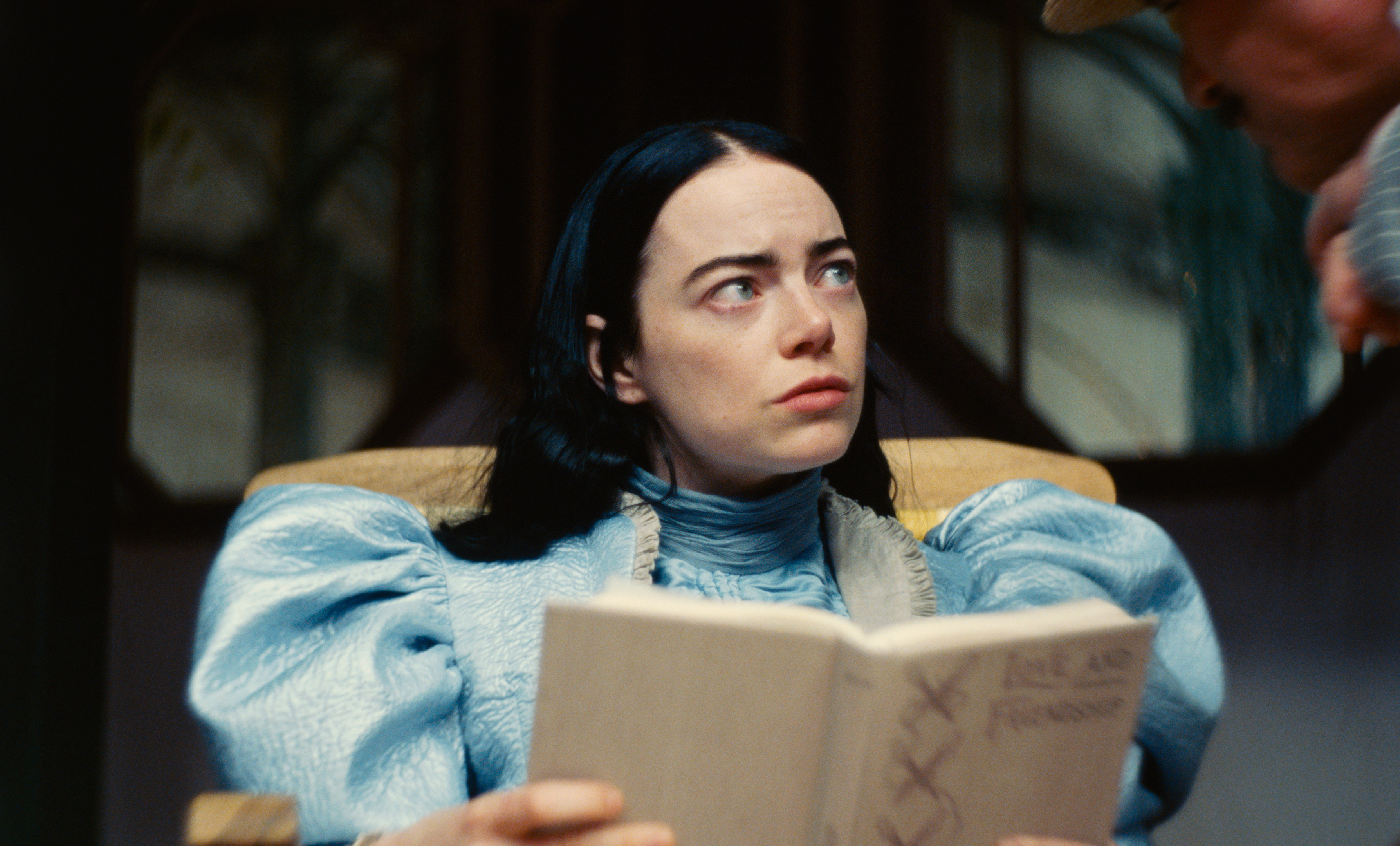
With Farrugia being an avid cinephile and collector of screen-capped films and television shows since she was around 12 years of age, it’s no wonder her account is such a broad point of cultural reference. ‘I have even broken two separate print-screen buttons by excessive use,’ she notes. With arthouse and Blaxploitation genres appearing in conjunction with the Netflix-backed series’ The White Lotus, and film noir juxtaposed with the campy, acid colour palettes of Gregg Araki’s New Queer Cinema, there are behind-the-scenes applications of grotesque and disquieting prosthetics (such as those of child actor Linda Blair in William Friedkin’s The Exorcist and Mia Goth in Ti West’s Pearl).
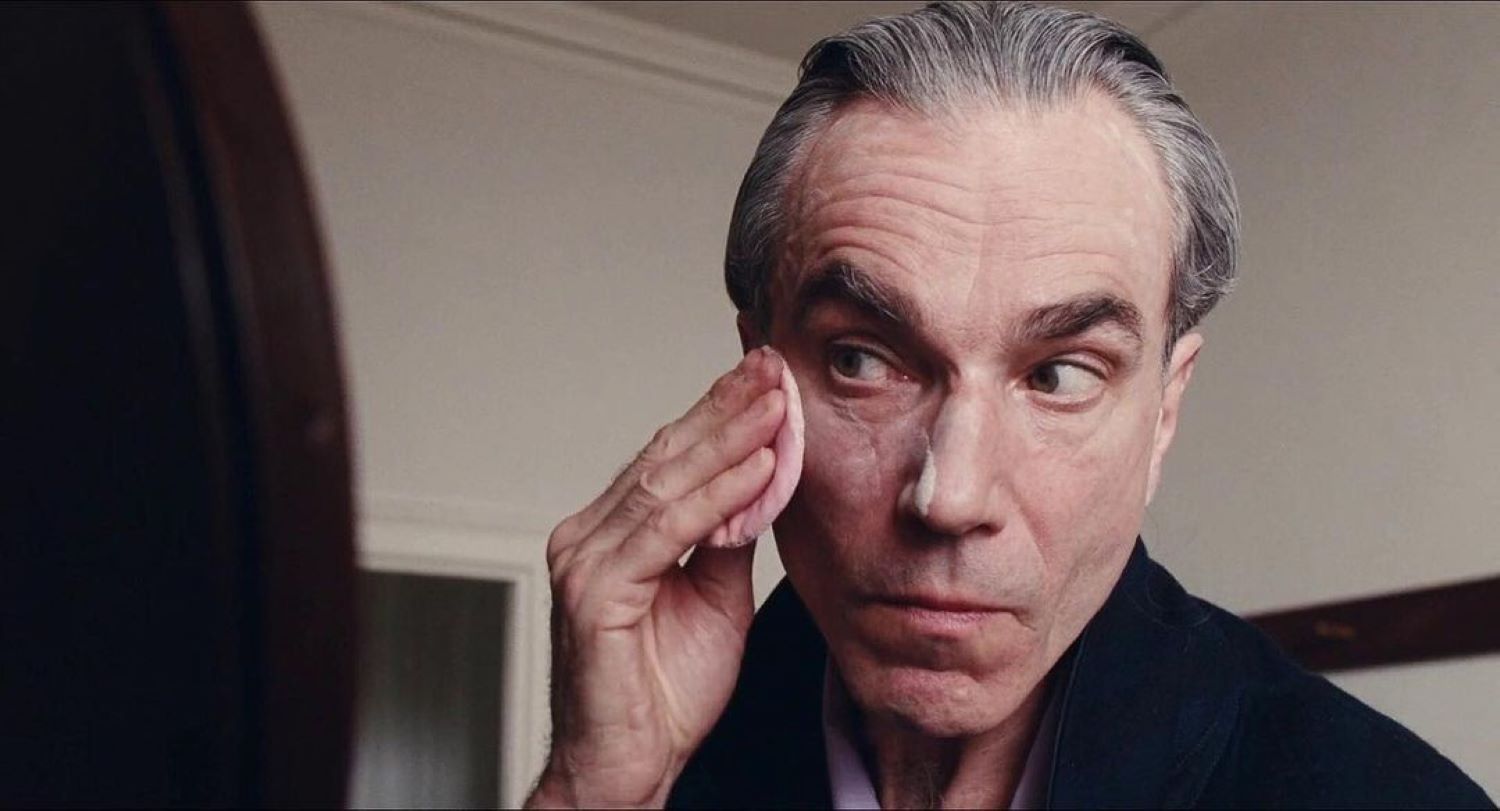
Daniel Day Lewis in Phantom Thread (Paul Thomas Anderson, 2017) via @makeupincinema
‘The majority of what I find is based on my knowledge and viewing of each film, as well as seeing movie posters or lists that circulate on Instagram, Pinterest, or Letterboxd. I also receive suggestions from followers.’
Farrugia’s favourite on-screen figures include Divine, Elizabeth Taylor, Marlene Dietrich, Pam Grier, and Angelica Huston. ‘I would say every time I wear red eyeshadow I try to channel Lady Vengeance; when I put on winged eyeliner, I think Anna Karina, and when I put on red lipstick in the centre of my lips, I am consciously referencing Padmé Amidala.’
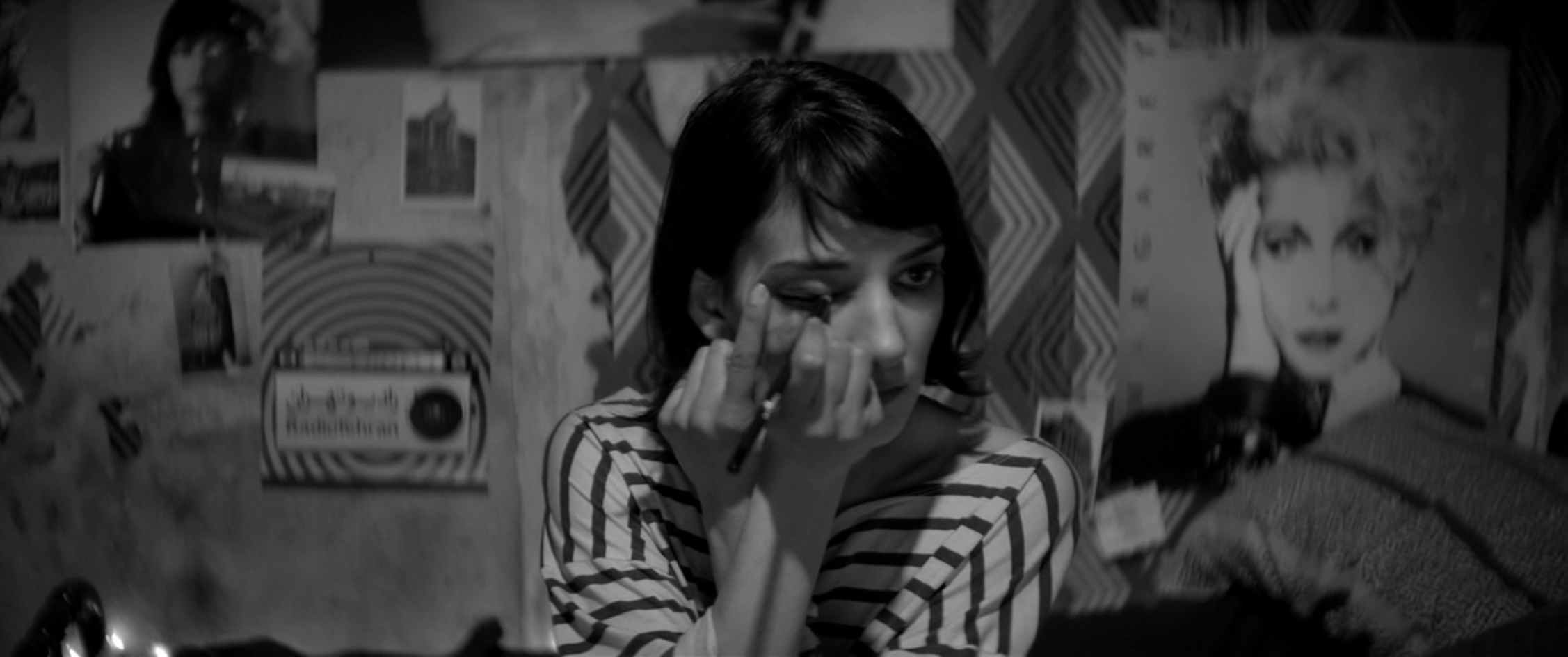
Sheila Vand in A Girl Walks Home Alone at Night (Ana Lily Amirpour, 2014) via @makeupincinema
‘My most interesting finding is that make-up not only plays an important role in the narrative and characterisation in a film, but it often functions for a structural purpose,’ continues Farrugia. ‘Many make-up montages happen in the prime real estate of the three-act structure: the beginning, the midpoint, and the climax. Make-up inherently offers symbolism and subtext to the narrative – whether the characters are putting it on, crying it off, or stealing it from the mall – it significantly signposts character arcs and plot points.’
Farrugia is currently working on a proposal to develop the @makeupincinema account into a coffee table book, immersing herself in further research. ‘There are no visually-led books exclusively on the subject of make-up in cinema, so I’m looking to create one. I’m watching every film possible. In the meanwhile, if any publishers are reading this, you know where to find me.’
Receive our daily digest of inspiration, escapism and design stories from around the world direct to your inbox.

Pam Grier in Foxy Brown (Jack Hill, 1974) via @makeupincinema
Hannah Tindle is Beauty & Grooming Editor at Wallpaper*. She brings ideas to the magazine’s beauty vertical, which closely intersects with fashion, art, design, and technology.
-
 Winston Branch searches for colour and light in large-scale artworks in London
Winston Branch searches for colour and light in large-scale artworks in LondonWinston Branch returns to his roots in 'Out of the Calabash' at Goodman Gallery, London ,
-
 The most anticipated hotel openings of 2026
The most anticipated hotel openings of 2026From landmark restorations to remote retreats, these are the hotel debuts shaping the year ahead
-
 Is the future of beauty skincare you can wear? Sylva’s Tallulah Harlech thinks so
Is the future of beauty skincare you can wear? Sylva’s Tallulah Harlech thinks soThe stylist’s label, Sylva, comprises a tightly edited collection of pieces designed to complement the skin’s microbiome, made possible by rigorous technical innovation – something she thinks will be the future of both fashion and beauty
